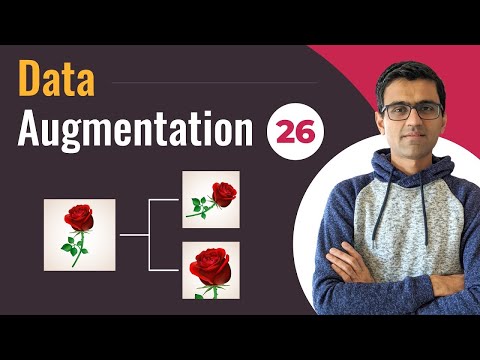Introduction
The success of any machine learning model heavily relies on one critical aspect: data. Quality, quantity, and diversity of data determine the model’s performance, ability to generalize, and robustness against different scenarios. But obtaining large, diverse, and high-quality datasets is often challenging and expensive. This is where a powerful technique known as data augmentation comes into play.
In essence, data augmentation is about expanding the horizons of a dataset, broadening the scope, and introducing a greater degree of variance. It’s a technique that allows us to squeeze more value out of our existing data, reducing the need for new data collection, and improving the overall performance of our machine-learning models.
Advanced models and baseline models alike can benefit greatly from the use of a proper augmentation library, which includes single augmentation and custom augmentations. Moreover, a powerful data augmentation method, Generative Adversarial Networks (GANs), has gained traction for generating new synthetic but realistic samples. A particular variant of GAN called Wasserstein GAN (WGAN), has been identified to deliver promising results. It improves the stability of learning, gets rid of problems like mode collapse, and provides meaningful learning curves useful for debugging and hyperparameter searches.
The effectiveness of these techniques is evident in the context of Convolutional Neural Networks (CNN), a type of deep learning model commonly used for image and video processing tasks. A notable instance is an evaluation done using the AlexNet model of CNN architecture. The study compared various augmentation strategies’ effectiveness using two datasets, ImageNet and CIFAR-10 Dataset. The results indicated that rotations and WGANs showed superior performance compared to other methods.
Image data augmentation can also play a significant role in semantic segmentation, a task that involves classifying each pixel in an image. By applying the same transformations to both the input image and the corresponding labels, we can vastly increase the amount of training data available.
What is Data Augmentation?
Data augmentation is a strategy that significantly increases the diversity of data available for training models, without actually collecting new data. It involves creating transformed versions of data in the training set to expose the model to a broader set of possible scenarios, thereby reducing overfitting and improving the model’s ability to generalize.
Data augmentation is typically applied to the training and validation sets. Augmenting the test set could bias the model evaluation and compromise its integrity.
For image data, standard augmentation techniques include cropping, padding, and horizontal flipping. These methods have proven successful in training larger neural networks and improving model accuracy. However, augmentation for tabular data is an area that needs more exploration and development. Here, methods like SMOTE (Synthetic Minority Over-sampling Technique), random undersampling, oversampling, or introducing synthesized variants can be employed to augment the data.
With the Keras.Preprocessing.Image import functionality, we can streamline the creation of a generator network for a wide range of tasks, such as skin lesion classification or flower recognition.
To illustrate the process, consider an analogy where a child is learning to identify a cat. Should the child only be exposed to images of black cats facing toward the right, they may struggle to identify a white cat facing left. However, given exposure to various cats—black, white, striped, facing right or left—the child’s proficiency in recognizing cats overall increases. The same logic applies to machine learning models. Data augmentation exposes the model to many new scenarios, thereby fortifying its capability to predict unseen data.




